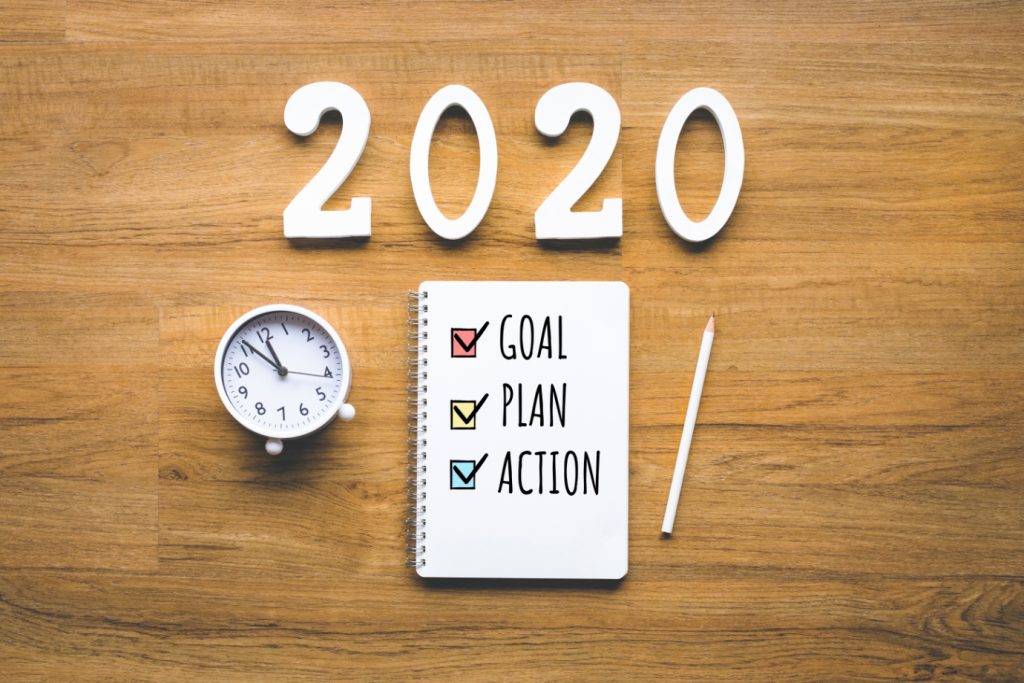
Our advice for leaders in this unprecedented time has been consistent: identify your “wartime” priorities.
We must acknowledge the brutal facts for 2020 and beyond. We must operate differently, both for and with those we serve.
How do we do this?
Step 1: Clarify “Wartime” Priorities
It’s vital to nail down decision-making priorities for navigating the months and years ahead.
As with anything, knowing your nonnegotiables makes difficult decisions and tough calls more manageable. You may not know all that’s coming in the future and the adjustments you will make. But, you can be clear about the priorities guiding your decisions.
Clear priorities guide your organization through excellent shifts, changes, and modifications day-to-day. In fact, I bet you have already been intuitively been using a set of categories or priorities to make decisions in recent months. But, you may not have stopped long enough to clarify them and share them with others.
I don’t want to go so far as to say these justify decisions you’ve made, but communicating your wartime priorities can help people have a deeper understanding of what is most important. They establish the solid ground you will stand as you walk forward.
Step 2: Build an Action Plan
Once you’ve laid the foundation with near-term priorities for “wartime” footing, you’re ready to outline your action plan.
Your long-term plan is outlined most effectively in your multi-year development plan. The beauty of creating a short-term action plan is the ability to plug it into the bigger picture.
Creating and sharing an action plan will give your donors something to fund.
As we expected, the short-term, crisis-driven wave of charitable giving that we’ve seen sweep around the country is proving to be relatively short-term.
As we move people through the immediate crisis and into a longer journey, they need to have a sense of both the short-term progress you’ve made, what you are working on now, and the longer-term plan they are funding.
What does such a plan contain?
- Share your wartime priorities and how they affect your decisions. Others need to see how these will position you to move toward your long-term goals.
- Clarify the accomplishments and milestones already met.
- Outline what you’ve changed, and how you’ve pivoted. People need to see your updated view of the future and the next steps.
As you share your steps, donors see you have an action plan that is unfolding. Keep informing potential donors that their giving is what will enable you to anticipate the next steps as you move forward toward established goals.
I believe these two steps will save you time and energy in the long run. Establish priorities. Construct your action plan. Remember, God knows the plans He has for you, and they are plans for hope and a future.
Push effectively through the present. You have more good to do!
*If you would like an example of our wartime priorities that we have shared with some of our coaching clients, send an email to z@developmentandleadership.org and we will be happy to send this your way!
I want to encourage you along the way as you push hard toward your giving goals. Click here so that we can continue this conversation via text!